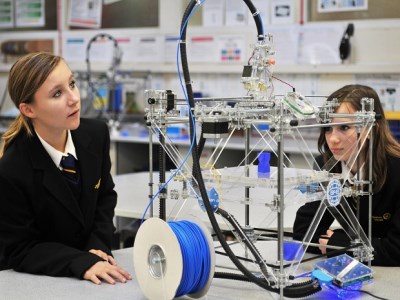
The results of the 2015 NAP Science Literacy tests, which were issued today by ACARA show that for the first time since sample testing began, a small but significant gender gap has emerged – in favour of girls.
Karen Spiller, the national chair of the Association of Heads of Independent Schools of Australia (AHISA), told The Educator that the national focus on engaging girls in STEM subjects “may be bearing fruit”.
“According to ACARA, girls had a higher average score than boys in the 2012 national assessment of Science Literacy, but it was not statistically significant. Three years later, in the 2015 national assessment, that difference had become statistically significant,” she said.
“That is very encouraging, because it indicates there may be increasing engagement by girls with science.”
Spiller said there is evidence that gender bias and stereotyping begin early.
“The Office of the Chief Scientist reports that two-thirds of children aged nine to eleven draw a man when asked to draw a scientist,” she said.
“The 2015 NAP Science Literacy results give me hope that such barriers to girls’ participation in science are being eroded.”
Spiller said that “a basic but very important” element to driving this change is raising awareness.
“There have been some powerful, data-rich information campaigns and publications issued by the Office of the Chief Scientist and organisations such as the Australian Academy of Science that have attracted broad media attention,” she said.
“I doubt there would be anyone now – at least in the education sector – who is not aware of the leak of high achieving girls from the so-called STEM pipeline.”
Spiller pointed to government support as “a second critical element” of the encouraging result.
“There has been government funding for programs that target girls’ participation in science activities, and these have helped teachers develop new classroom techniques in some cases or in others provided extension for students showing intense interest in science and other STEM subjects,” she said.
“The fact that all Australian governments have now agreed to a National STEM School Education Strategy also has an indirect influence on how people think about schools and STEM.”
However, the report found no statistically significant difference between the 2009 and 2015 results at the national level, or across most Australian states and territories.
ACARA CEO, Robert Randall, said the latest results, along with others such as PISA and TIMSS, released at the end of last year, highlight the need for improvements in primary school science teaching.
“This is why this report includes a chapter prepared specifically for teachers and curriculum specialists,” Randall said in a statement today.
“It contains suggestions about how to improve science learning in the classroom, using the Australian Curriculum such as sample lesson plans and ways of tracking and measuring student achievement against the science learning area.”


